Best Marketplace for Drop shipping in 2022: Shopify, eBay, Amazon, Facebook Marketplace transcribed?
One question I get asked a lot, especially from dropship newbies, is which marketplace they should sell on. EBay, Amazon, Shopify, Facebook marketplaces or somewhere else? Ideally, of course, the more marketplaces that you sell on the more sales that you’ll normally get. Each marketplace has its own loyal customer base. Some people like to buy from eBay. Others like to buy from Amazon. Others like to search Google and Facebook marketplaces.
Everybody’s different. Of course, though, there is a crossover where some buyers search multiple marketplaces. However, as a general rule, if one of your products is a barbecue smoker, if you list this barbecue smoker on eBay, Amazon Facebook marketplaces, and a Shopify store, you can potentially quadruple your sales. I highly recommend though, just start and master one marketplace at a time. Life does not reward us for being a “Jack of all trades.” Life rewards us, for we master. Learn to master one marketplace at a time. It’s all about baby steps. One baby step at a time.
When evaluating different marketplaces for dropshipping, like with everything in life, there are pros and cons to each marketplace. It’s up to you to decide which marketplace suits you and your circumstances. Some marketplaces like eBay, give you free traffic, others don’t.
The Best Marketplaces for Dropship.
Dropship On Shopify
Now let’s look at Shopify first. For those that don’t know a Shopify store is simply your own independent website. I.e. www.xyz.com. If you buy a domain name, say xyz.com, you need to build a nice professional-looking website where buyers can see the items that you’re selling and the site needs a shopping cart in which they can put the items in the shopping cart and purchase your items. A popular, simple, quick way to build a professional-looking website with a shopping cart is to use Shopify and one of the many Shopify store templates. Shopify is awesome. However, creating a nice-looking website is the easy part. Getting traffic to your new Shopify store is a big challenge.
A new website or a Shopify store is the needle in the haystack or the drop in the ocean. Unless you have some kind of methodology in place to bring new traffic to the website, a Shopify store will be absolutely useless. I see this all the time. People spend a ton of time and or money to build a fancy Shopify store, but they get almost no traffic. To get traffic to your Shopify store, there are various methodologies that you can implement.
However, they all take time or money or both. The most popular strategy to get traffic to a Shopify store is SEO. Which is short for search engine optimisation. SEO involves optimizing your website or Shopify store, so it can be easily indexed by search engines like Google with the goal of the search engine, putting your listing high up in the search results and preferably on page one of the search results. Of course, the big problem with this strategy is there’s only one page and everybody wants to be on page one. And as you can see from the screenshot if I search Google for say, barbecue smoker, eBay dominates a big chunk of the page one search results.
After eBay for this keyword phrase, barbecue smoker, there are only three other websites that are showing. So to get on page one for this keyword phrase, you have to beat one of these four large companies that have very large advertising budgets. In the industry, a saying says, “The best place to hide a dead body is page two of the Google search results.” Of course, saying that nobody goes to page two of the Google search results is an exaggeration. However, page one enjoys 95% of all search traffic. One thing I hear all the time is that the advantage of SEO is that it’s free.
However, that’s far from being correct. SEO takes a lot of time and time and costs money. Even if you’re doing all the SEO work yourself, this is not free as it’s the time taken away from you that you could be doing something else, like listing another item on a marketplace that gives you free traffic.
The next popular strategy to get traffic to your website or Shopify store is pay-per-click marketing. On places like Google ads, Microsoft ads, YouTube Facebook, Instagram, LinkedIn, Twitter, Pinterest, et cetera. Pay-per-click marketing is known in the industry as PPC marketing. In short, what happens with PPC marketing is you place an ad on one or more of these marketplaces and you pay a fee every time somebody clicks on your ad. Irrespective of whether or not your item sells.
PPC marketing can be very effective. However, the days of an average beginner just starting out making lots of money straight away, are long gone. Back when I started doing PPC marketing back in 2000, we were paying just five cents per click for common popular keyword phrases, like saying ‘toaster.’ Today for the same keyword ‘toaster’ it’s 79 cents per click irrespective of whether or not the person clicking your ad purchases the item.
If you don’t know what you do with PPC, it can be a great way to suck your credit card dry very quickly. So the bottom line with Shopify is, that Shopify is relatively easy and quick to set up a store or a website. However, that’s the easy part. Getting traffic is what takes time and money and skill. Now don’t get me wrong. I love Shopify and I love PPC marketing. It’s just important for beginners to understand that setting up a Shopify store is only the first step. Marketing is the most crucial part. This is the big difference between a Shopify store and using sites like eBay.
Amazon and Facebook marketplaces for Dropshipping
Amazon and Facebook marketplaces in such a way you can list an item right now and you get traffic for free literally within minutes. The big advantage of marketplaces like eBay and Amazon is they provide tons of free traffic. You can list an item right now on eBay or Amazon without spending a cent. And literally within minutes, you can have viewers viewing your item.
Marketplaces like eBay and Amazon spend many millions of dollars each year on advertising to bring buyers to their websites. As you can see, when I search a barbecue smoker in Google for this keyword phrase, ‘barbecue smoker,’ eBay shows up at the very top of the search results. If you’re starting out, it’s free to list items on eBay and Amazon. However, both platforms charge a final value fee when items sell. If items do not sell, you do not pay a cent. This is a lot different to PPC marketing where you pay irrespective of whether or not items sell.
The big advantage with Facebook Marketplace is that you can also list items right now and get traffic to all your listings, again for free. Facebook Marketplace like eBay and Amazon spend many millions of dollars each year bringing traffic to their marketplaces. The big problem with Facebook Marketplace has been that there’s been no checkout page where people can purchase from sellers like you and me and pay for the items.
However, Facebook last year added a checkout in the USA. For most other countries though, like Australia, et cetera Facebook Marketplace does not have a checkout. So it’s very hard to automate the business. The whole concept of a dropshipping business for me is automation. Where I can have the whole business running by itself using software wherever possible. And for other tasks like customer service, we use low-cost overseas virtual assistance that you can get from $1 per hour. Facebook Marketplace has traditionally been the place where local buyers come to your house to pay and pick up items, which is, you know not congruent with drop shipping.

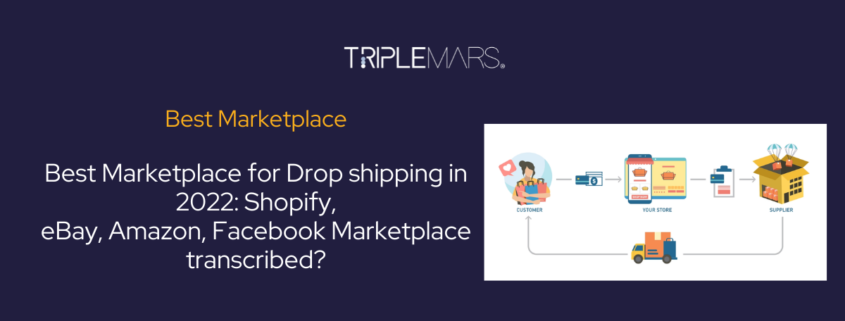
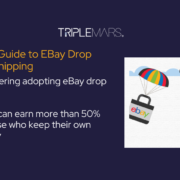
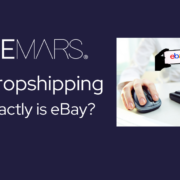
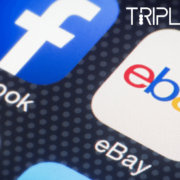


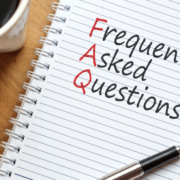
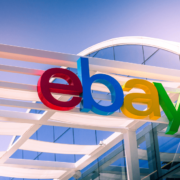
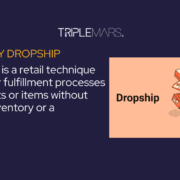





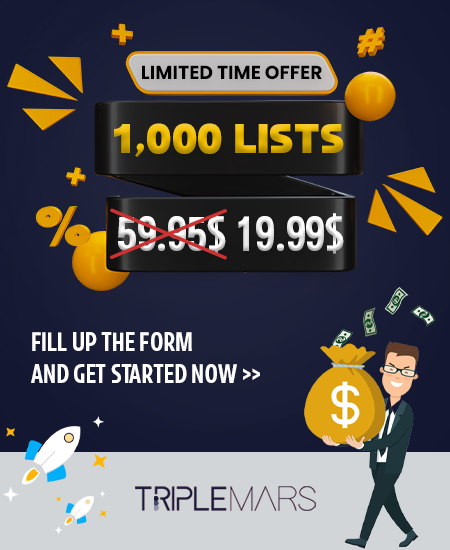



Leave a Reply
Want to join the discussion?Feel free to contribute!